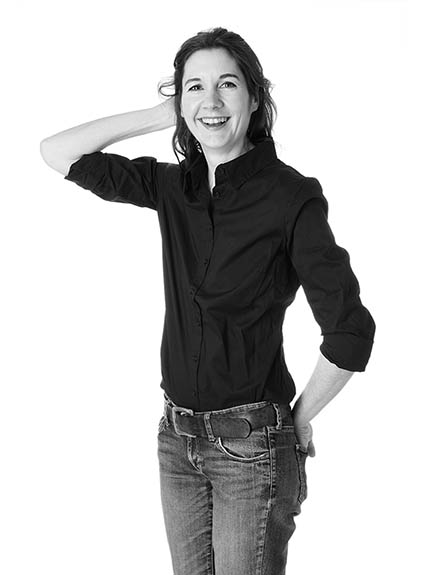| marie-hélène le ny |
|
photographiste |

|
“As
someone with an interest in the processes of memory, I wrote
a thesis in neuroscience on the neuronal bases of memory. I started
working on the processes of memorisation by using an experimental
animal model which was close to humans. We can also understand how the brain builds a spatial map based on what it sees and the spatial landmarks of an environment. In my work, there is the relationship with the monkey followed by at-length analysis – this is much more mathematical work; processing, programming, data analysis. This is just as fascinating as it is here that we see and begin to understand what is happening inside the brain. Spatial memory is one of the first memories which can deteriorate with diseases such as Alzheimer's, following cerebral lesions or following pharmacological treatment in cases such as depression. This is fundamental research work, but it works as a basis to target pharmacological treatments which will in fact themselves target neurones or specific neurochemical aspects in the formation of memory.” |
||
|
Sylvia Wirth Neuroscience researcher in Centre de Neuroscience Cognitive of Lyon |
|||
|
|
|
|